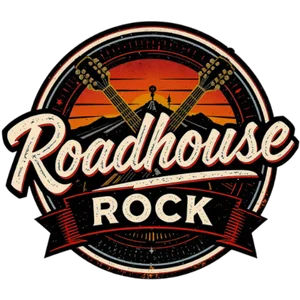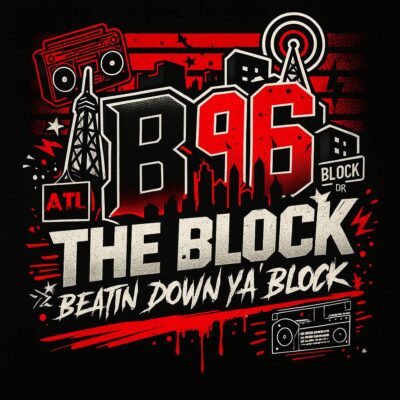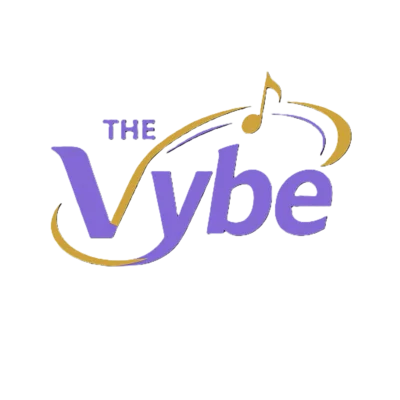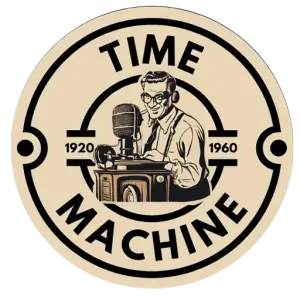

Every year, as millions of eyes fixate on the Super Bowl—the pinnacle of American football—there’s a moment when the game pauses and the world’s biggest stage shifts to the halftime show. What started as a simple break in the game has evolved into a cultural phenomenon that transcends sports.
Back in 2004, and the halftime show was headlined by Janet Jackson and Justin Timberlake. Jake sat glued to the screen with his family, watching the dazzling spectacle unfold. The music, the choreography, the sheer scale—it was unlike anything he had ever seen during a sports broadcast. Then came the infamous “wardrobe malfunction” that sent shockwaves through the media and pop culture. But beyond the controversy, people realize the halftime show was a powerful cultural moment—one that could spark conversations, influence music trends, and even highlight social issues.
Over the years, the halftime show became a mirror reflecting society’s changing values. From Michael Jackson’s tribute to racial unity and environmental awareness to Beyoncé’s celebration of Black culture and female empowerment, these performances became more than entertainment. They were declarations of identity, resilience, and hope.
The halftime show is a chance to discover new artists and celebrate her favorites on a stage seen by hundreds of millions worldwide. It was a reminder that music and sports, two seemingly different worlds, could unite people from all walks of life.
Today, the Super Bowl halftime show stands as a symbol of shared experience—a moment when sports fans, music lovers, and casual viewers come together. It’s a reminder that in the midst of competition, there’s space for creativity, expression, and connection.
























